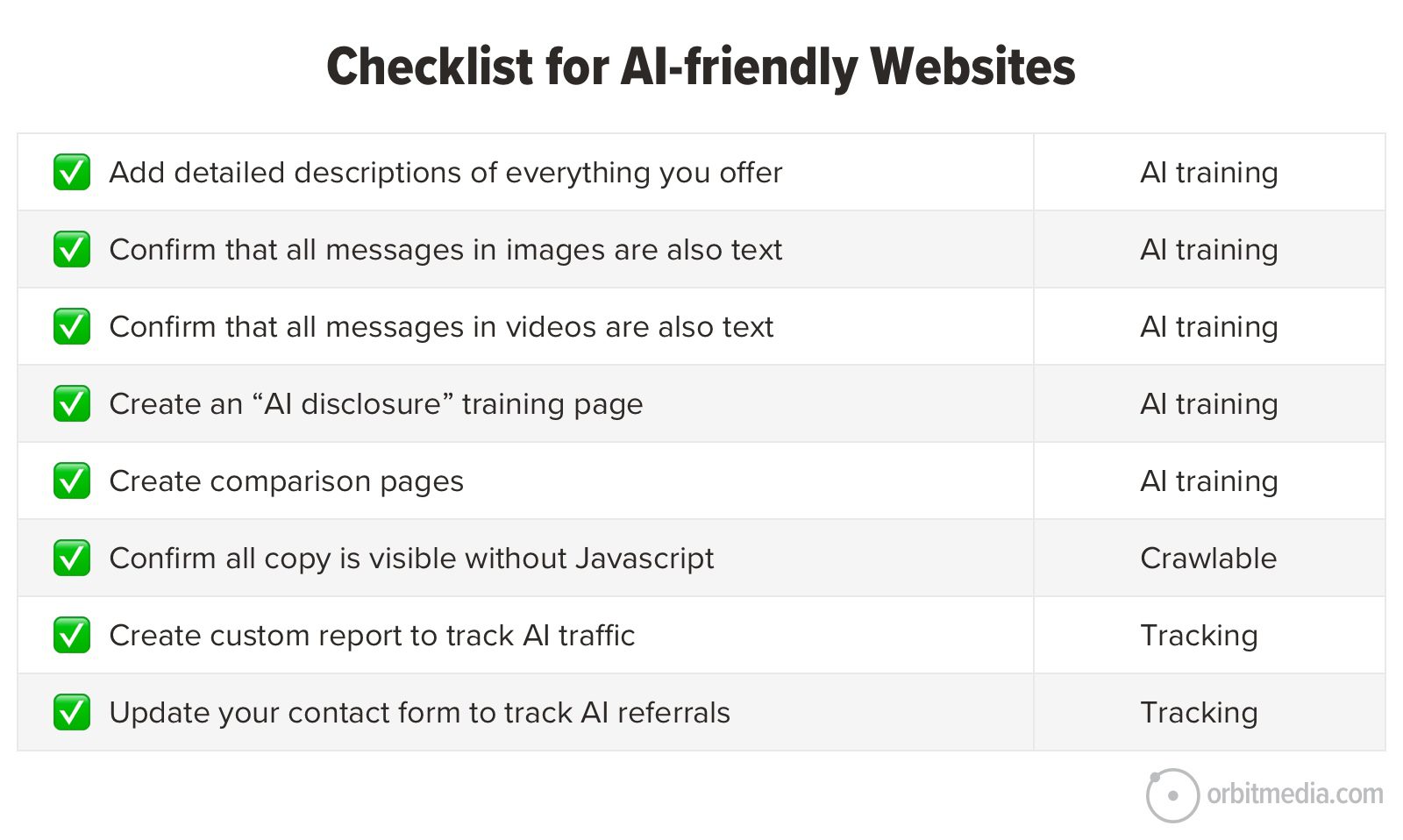How to Boost Your Blog’s SEO with Internal Linking
Search engine optimization (SEO) plays a huge role in driving traffic to your blog, but many bloggers overlook one of the simplest ways to improve rankings—internal linking. A study by Backlinko found that pages with strong internal linking tend to rank higher in search results. Why? Because internal links help search engines understand your content […]


Search engine optimization (SEO) plays a huge role in driving traffic to your blog, but many bloggers overlook one of the simplest ways to improve rankings—internal linking.
A study by Backlinko found that pages with strong internal linking tend to rank higher in search results. Why? Because internal links help search engines understand your content and make it easier for readers to navigate your site.
Neglecting internal linking means missing out on an easy SEO win.
So, how do you use blog internal links the right way? Let’s break it down.
Quick Takeaways:
- Internal links boost SEO by helping search engines understand your content structure.
- They improve user experience by guiding readers to relevant content.
- Anchor text matters—use descriptive, keyword-rich text for better results.
- Link deep—avoid just linking to your homepage or main category pages.
- Update old posts with new internal links to keep your site fresh.
What Is Internal Linking?
Internal links connect one page of your blog to another within the same domain. Unlike external links that point to other websites, internal links keep users engaged with your content, reducing bounce rates and increasing time on site.
Think of internal links as a roadmap. They guide search engines and visitors through your blog, helping both understand the relationships between different pieces of content.
Why Internal Links Matter for SEO
Everyone in content knows that internal links are majorly important for SEO. But do we know why?
1. Helps Search Engines Crawl Your Site
Search engines like Google use internal links to discover and index new content. If a page has no internal links pointing to it, search engines may struggle to find it. A well-structured internal linking strategy ensures that every important page on your site gets crawled and ranked.
2. Distributes Page Authority
Some blog posts naturally attract more backlinks than others. Internal linking allows you to distribute that authority (often called link equity) across your site. By linking from high-authority pages to less prominent ones, you help boost their ranking potential.
3. Improves User Experience
Visitors don’t want to hit a dead end. When they finish reading a post, they should have somewhere else to go. Internal links provide a natural path for readers to explore related content, increasing engagement and keeping them on your site longer.
4. Encourages More Page Views
Strategically placed internal links encourage readers to click through to other posts, increasing the number of pages viewed per session. This signals to search engines that your content is valuable and worth ranking.

How to Use Internal Links Effectively
Not all internal links provide equal value. Randomly adding links won’t improve SEO—there needs to be a strategy behind it.
1. Use Descriptive Anchor Text
Anchor text is the clickable part of a hyperlink. Instead of using generic phrases like “click here,” use specific keywords that describe the linked content. For example:
 Bad: Click here to learn about keyword research.
Bad: Click here to learn about keyword research.
 Good: Master keyword research strategies to improve your blog’s ranking.
Good: Master keyword research strategies to improve your blog’s ranking.
Descriptive anchor text tells search engines and readers what to expect, making your links more valuable.
2. Link to Relevant Pages
Every internal link should add value. If you’re writing about content marketing, don’t link to an unrelated post about web hosting. Keep links relevant to the topic at hand so that readers find additional information useful and engaging.
3. Prioritize Deep Linking
Many bloggers only link to their homepage or main category pages. While these pages are important, deeper linking—directing users to older or less-trafficked content—helps spread SEO benefits across your entire site.
For example, if you publish a new post on SEO strategies, link to an older guide on keyword research rather than just your homepage.
4. Limit the Number of Internal Links
Too many links can be overwhelming for readers and dilute their SEO value. A general rule of thumb is to include 2-5 internal links per post, depending on length. Google recommends keeping links “reasonable” to avoid looking spammy.
5. Update Old Posts with New Links
Every time you publish a new blog post, go back to older, related posts and add links to the new content. This keeps older posts fresh and improves overall site structure.
Pro tip: Use Google Search Console to find pages that are already ranking well and add internal links pointing to newer, lower-ranking content to boost visibility.

6. Use a Silo Structure
A silo structure organizes blog content into clear categories, with each topic linking to related subtopics. This method strengthens your site’s SEO by grouping similar content together, making it easier for search engines to understand your site’s hierarchy.
Common Internal Linking Mistakes to Avoid
Even experienced bloggers make mistakes with internal linking. Here are some pitfalls to watch out for:
 Using the same anchor text for multiple pages – This confuses search engines about which page should rank for a keyword.
Using the same anchor text for multiple pages – This confuses search engines about which page should rank for a keyword.
 Overloading pages with links – Too many links dilute their SEO value and make content harder to read.
Overloading pages with links – Too many links dilute their SEO value and make content harder to read.
 Ignoring orphaned pages – Pages with no internal links pointing to them struggle to rank.
Ignoring orphaned pages – Pages with no internal links pointing to them struggle to rank.
 Only linking to top-level pages – Link to deeper pages within your blog to spread authority more effectively.
Only linking to top-level pages – Link to deeper pages within your blog to spread authority more effectively.
The Power of Internal Linking for Long-Term SEO Success
Mastering internal linking isn’t just an SEO hack—it’s a long-term strategy that helps build a well-structured, user-friendly blog. When done right, it strengthens site architecture, improves search rankings, and keeps readers engaged.
SEO is an ongoing process, and internal linking should be a key part of it. Regularly audit your blog, refresh old content with new links, and make sure every post has a clear path to and from other pages.
By implementing these strategies, you’ll set your blog up for long-term SEO success.
Marketing Insider Group’s content marketing strategy and SEO blog writing services will help you develop an effective strategy, implement it to hit your goals, and track important KPIs. We can create quality, optimized content for you to publish on your website every single week. If you’re ready to get started, schedule your quick consultation today.























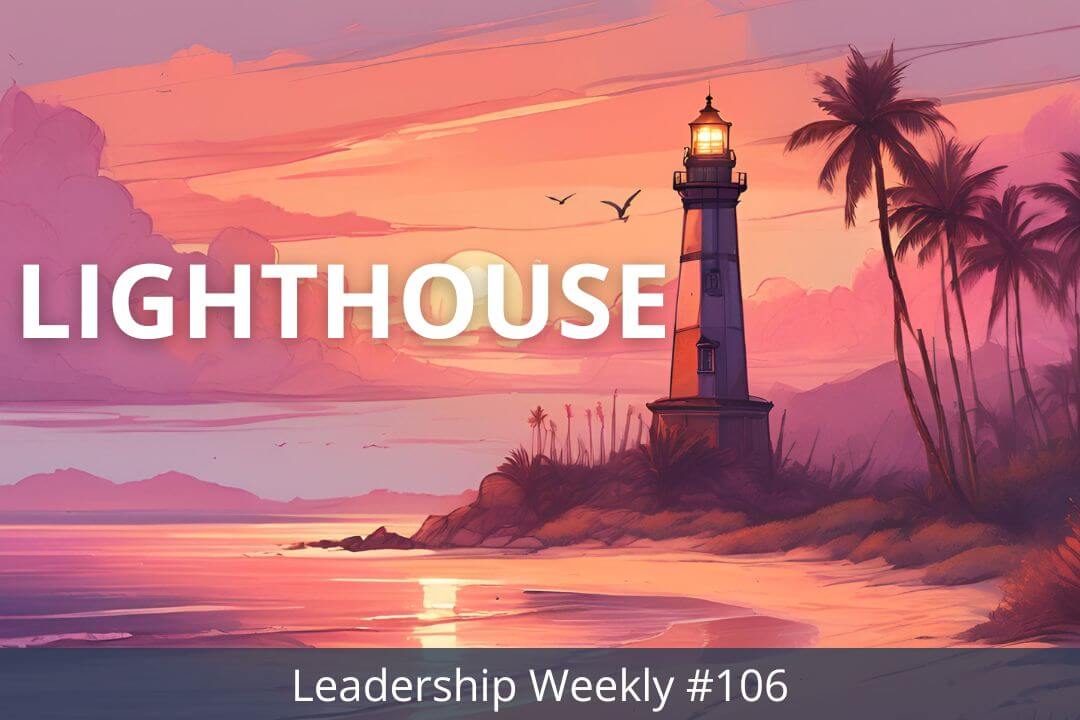




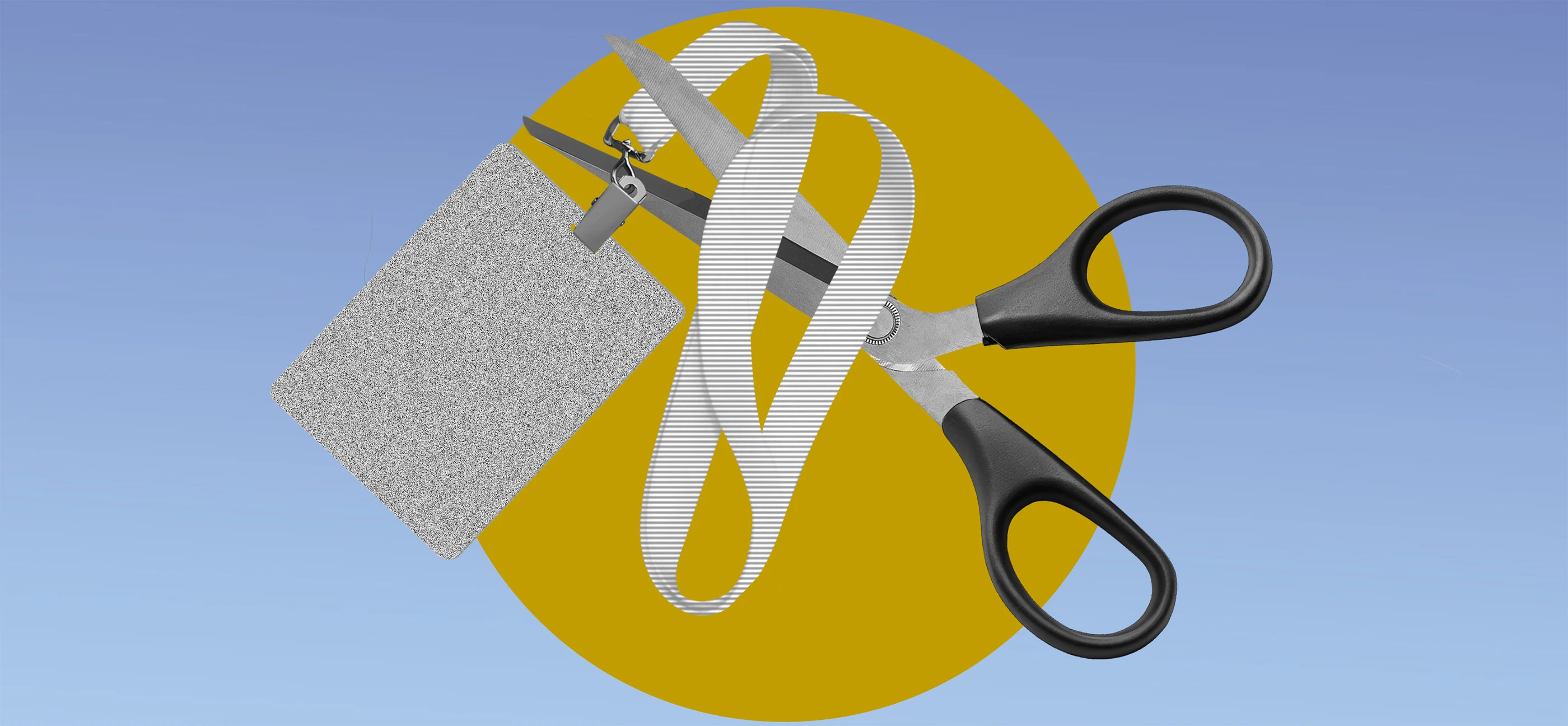

































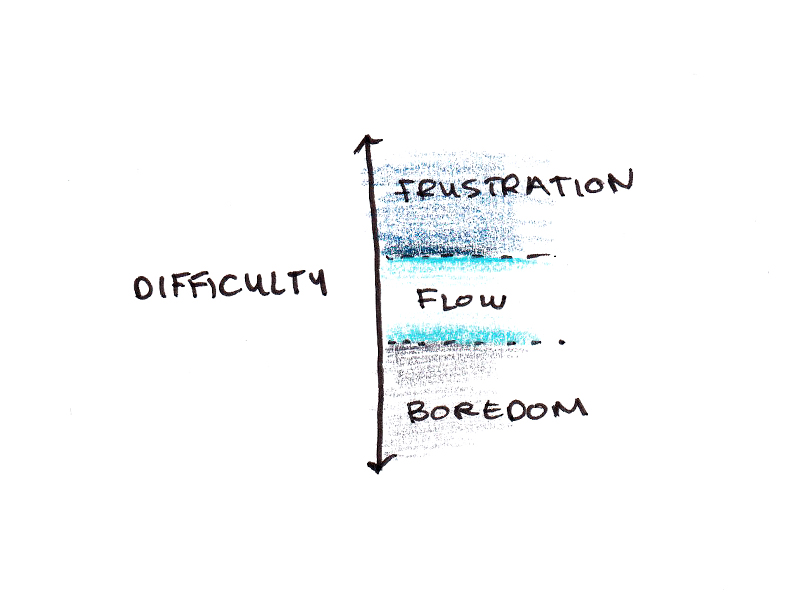


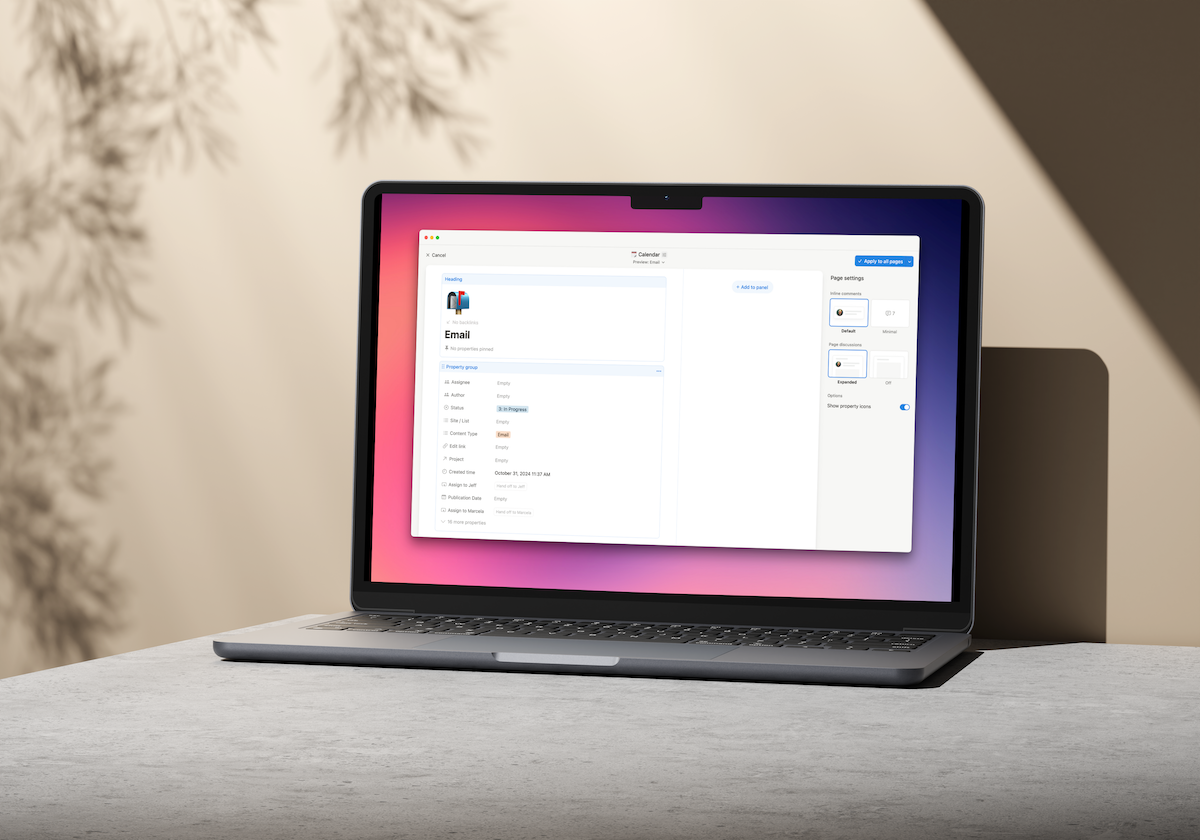
















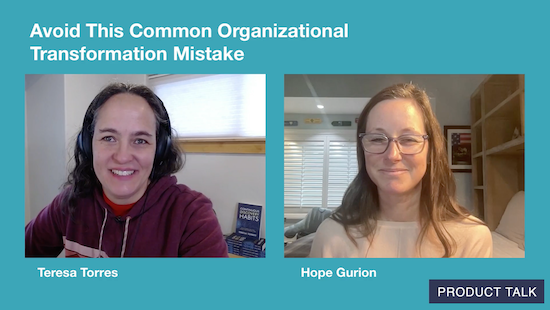
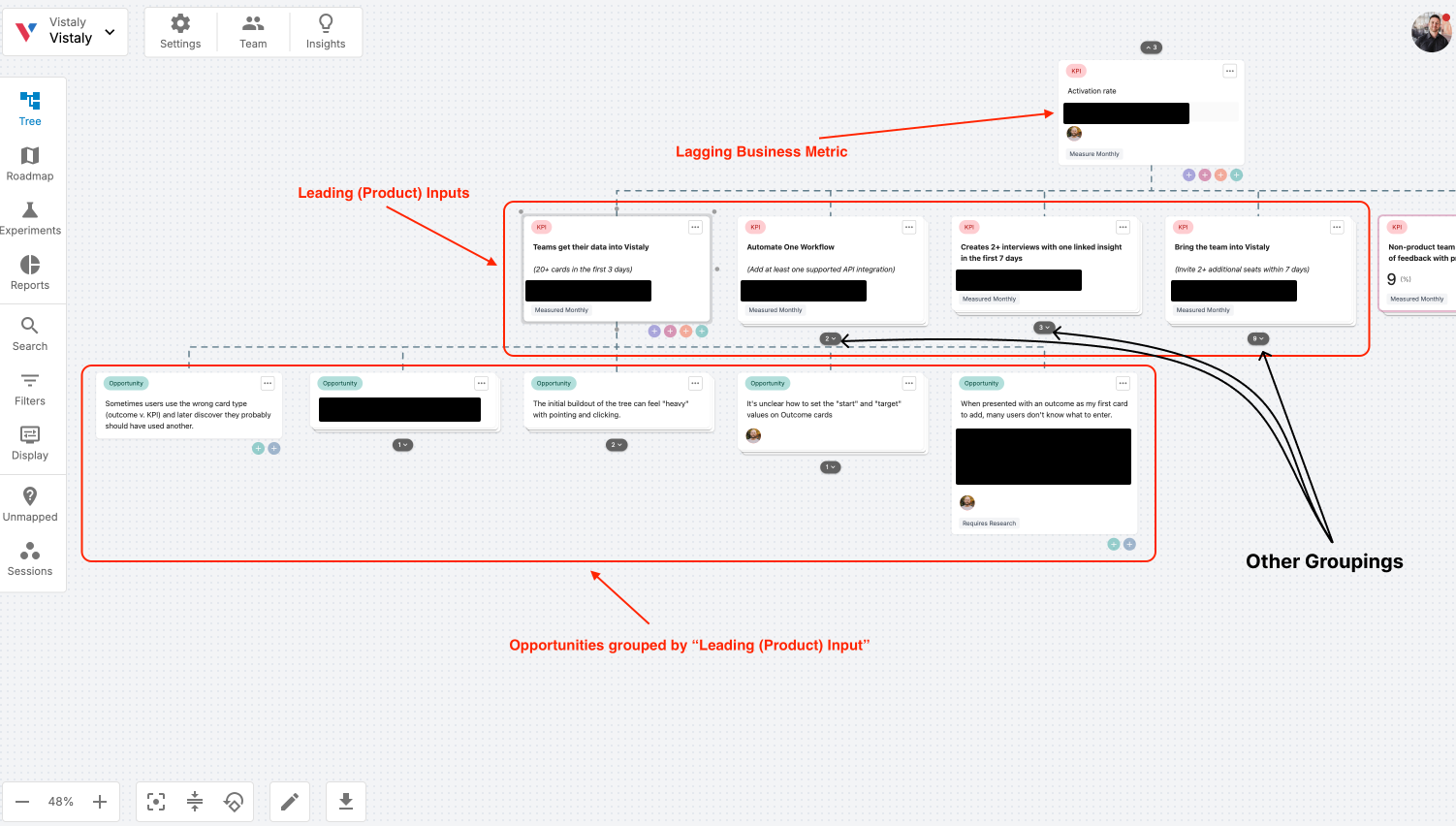













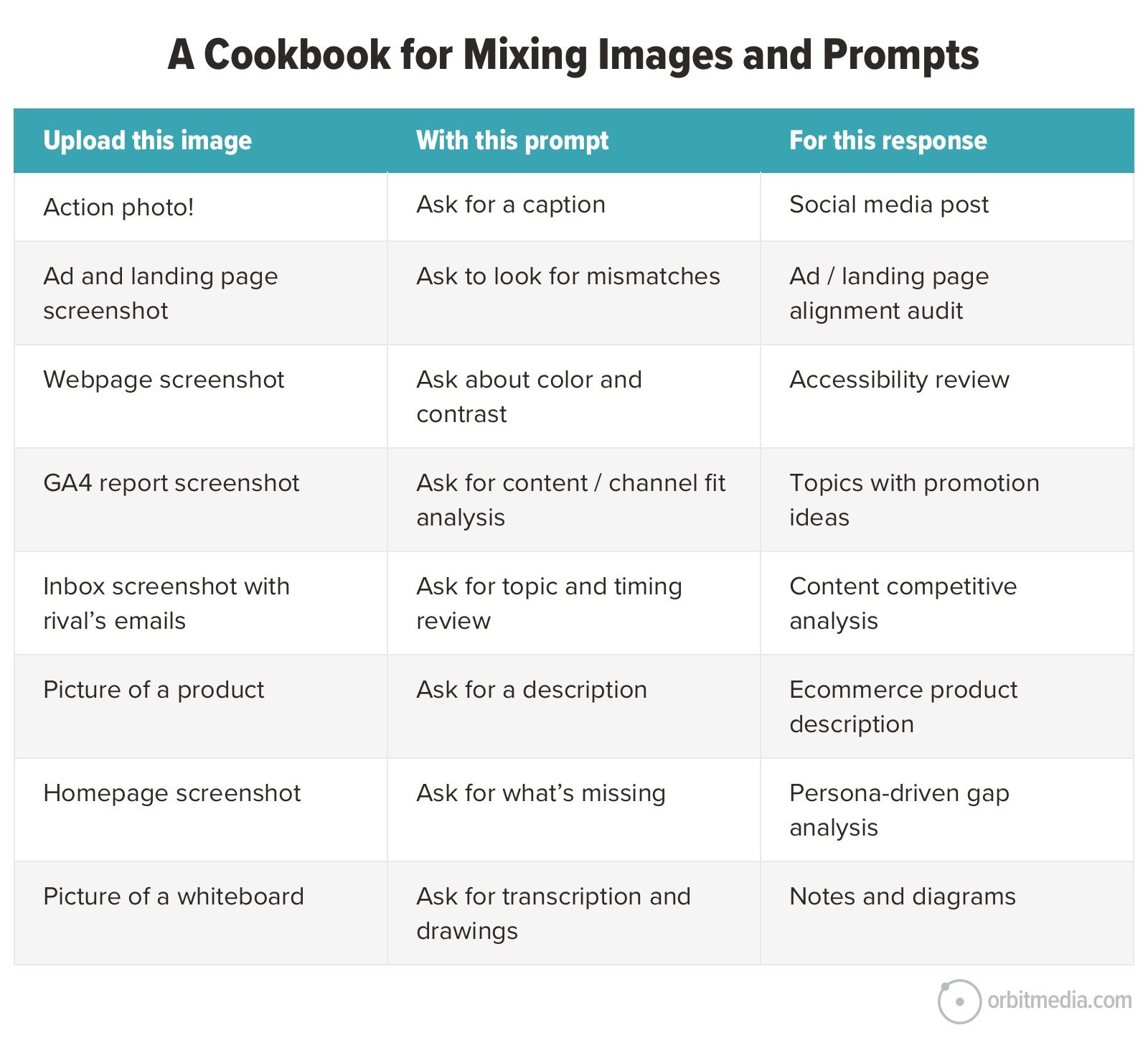



![Building A Digital PR Strategy: 10 Essential Steps for Beginners [With Examples]](https://buzzsumo.com/wp-content/uploads/2023/09/Building-A-Digital-PR-Strategy-10-Essential-Steps-for-Beginners-With-Examples-bblog-masthead.jpg)





![How One Brand Solved the Marketing Attribution Puzzle [Video]](https://contentmarketinginstitute.com/wp-content/uploads/2025/03/marketing-attribution-model-600x338.png?#)


